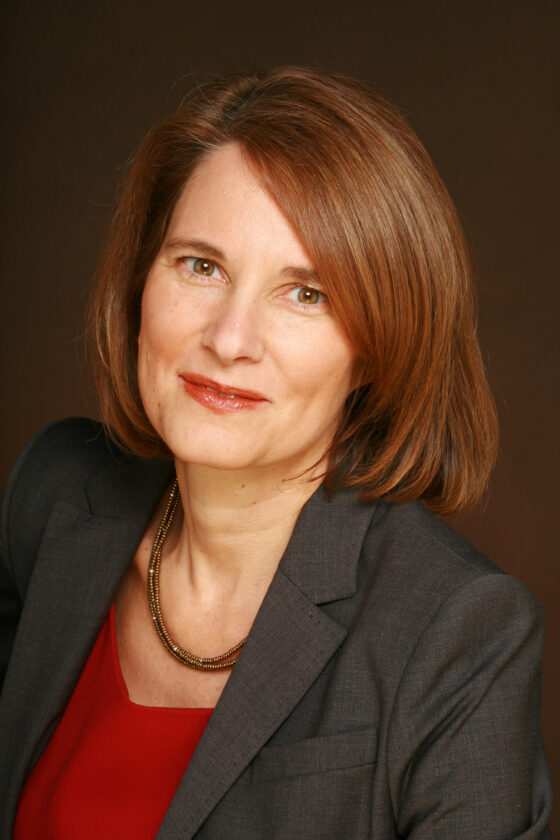Jamie Stiehm
A Long Walk to Protest ICE

On foot and carrying flags, they crossed the Mason-Dixon line — the old American border between slavery and freedom – walking to Washington, D.C., over the course of three weeks in May. They canoed across the broad, grand Susquehanna River. They walked more than 300 miles from New York to deliver a peace protest to Congress and the people they met along the way: “We affirm and defend everlasting human rights across all borders.”
They are a group of Friends, also known as Quakers. The walkers ranged from their 20s to seniors in their 70s and 80s. They left from the Brooklyn Friends Meetinghouse. Staying in Philadelphia and Baltimore meetinghouses as well as homes, the walkers aimed to spread awareness of President Donald Trump’s Immigration and Customs Enforcement’s rising arrests and mass deportations.
That’s one Trump campaign promise he kept.
This is a critical moment in the United States,” Ross Brubeck, 38, said after the walk to Washington finished. “It was challenging, but I ended with absolute coction.” Weary as they neared the goal, Brubeck used his flag as a crutch. The message they carried was simple, a clear “remonstrance” to lawmakers. They nailed it to a door on the National Mall.
Brubeck and fellow organizers Lena Parker and Jess Hobbs Pifer noted in an interview the timing arrived at an “interesting moment.” The House of Representatives stayed up all night. All Democrats fiercely opposed the Trump plan to cut Medicaid and extend tax breaks to the rich: “reverse Robin Hood,” some called it. The walkers to Washington reinvented a Quaker tradition for the times we live in, at a pace of 50,000 to 60,000 steps a day. About half a dozen finished the full journey, with 300 people joining for part of the walk to show support.
Quakers created the concept of nonviolent resistance about 400 years ago in England and practice it to this day, more than most know. Pacifist Quakers who once crossed the ocean to the American colonies were roughly treated by the more militant Boston Puritans.
In fact, Friends were banned in Boston before the famed William Penn founded and built the Pennsylvania Colony in 1681. The English king was glad to get rid of the free thinkers who questioned authority and refused to join his army.
When a Quaker woman entered Boston for the third or fourth time in protest, the Massachusetts Bay Puritan governor had her hanged in 1660. Mary Dyer went singing to her death.
Now she’s seen as a first American martyr for freedom of worship. Her statue stands on Boston Common.
“I’m still thinking about (the walk to Washington),” Pifer, 25, said days later. “It was an inspiring and exciting call to action.” To sum up the Friends faith in action, I’d say they believe they can change the world slowly but surely. And they have, on the front lines of emancipation for enslaved people, women’s rights and civil rights.
Bayard Rustin, a Black Philadelphia Quaker, organized the massive 1963 March on Washington, where the Rev. Martin Luther King Jr. gave his “I Have a Dream” speech. At a Baltimore meeting along the Washington walk’s way, Friends remembered one of their circle, Norman Morrison, who set himself on fire in front of the Pentagon. The year was 1965, before anti-Vietnam War protests began raging across America.
As they crossed canals, woods and roads, part of the point was to be visible to passersby, to call others to “witness” the sudden seizing of migrants. Parker, 30, a nursing student, was raised as a Quaker in Germantown, a Philadelphia neighborhood. A leader of the walk, she said it took a thousand volunteers to plan and pitch in. George Lakey, 87, an expert on nonviolent resistance, spoke to the walkers at the midpoint, the Friends Center on Cherry Street in Philadelphia. In his teaching and experience, peaceful resistance works well — eventually — compared to violence.
The band may have traced the tracks of the Underground Railroad from Maryland, a slave state, to Philadelphia, ground zero of the antislavery movement. Harriet Tubman knew the Quaker safehouses, some still secret.
Did they train for the distance? “We’re New Yorkers,” all three answered. “We walk.”
The author may be reached at JamieStiehm.com. To find out more about Jamie Stiehm and other Creators Syndicate columnists and cartoonists, please visit creators.com.
COPYRIGHT 2025 CREATORS.COM






